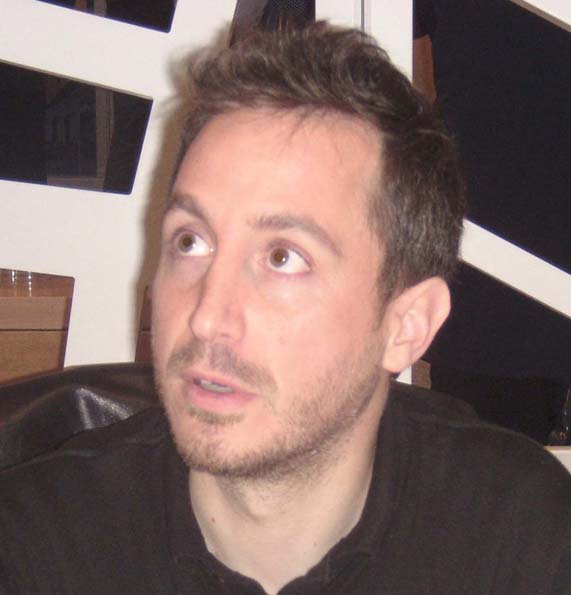Champagne Bubbles
Gérard Liger-Belair
Abstract:
At the end of the 17th century, an obstinate and rigorous monk, dom Pierre Pérignon (1638-1715), gave birth to the Champagne in the Hautvillers Monastery, close to Epernay city. If the fatherhood of Champagne is still a matter of debate and controversy, everyone should however acknowledge that Dom Pérignon devoted his life carefully considering, testing and improving each step leading to the elaboration of a sparkling white wine of high quality. Today, after nearly three centuries, the champagne has undoubtedly become a myth. The amazing ballet of bubbles in a champagne flute is not foreign to his incredible notoriety. The effervescence animates the champagne, almost bringing it to life… This is now over a decade that we have investigating the physicochemical processes which are the origin of the effervescence and foam of champagne and sparkling wines.
Upon the last decades, the science of bubbles and foams has considerably developed. Physicists, chemists and mathematicians have passion for these fragile objects whose properties are extraordinary. Nevertheless, few scientists chose to focus on bubbles and foams in the case of champagne and other sparkling wines. Yet, concentrated wine in the restricted volume of a champagne flute, all stages in the life and death of a bubble are present. The bubble arises from a submerged particle, develops inside the glass, closing up to the surface, where it inexorably ages, then vanishes. Each of these steps deserves attention because the physicochemical mechanisms occuring in a flute are very subtle.
I invite you to a journey into the heart of a flute of champagne at the scale of the bubble .... We will unravel each stage of the life of the bubble, starting from its birth, on the wall of the glass, to its final explosion at the surface, liberating the exhalation of wine aroma.
Gérard Liger-Belair
Abstract:
At the end of the 17th century, an obstinate and rigorous monk, dom Pierre Pérignon (1638-1715), gave birth to the Champagne in the Hautvillers Monastery, close to Epernay city. If the fatherhood of Champagne is still a matter of debate and controversy, everyone should however acknowledge that Dom Pérignon devoted his life carefully considering, testing and improving each step leading to the elaboration of a sparkling white wine of high quality. Today, after nearly three centuries, the champagne has undoubtedly become a myth. The amazing ballet of bubbles in a champagne flute is not foreign to his incredible notoriety. The effervescence animates the champagne, almost bringing it to life… This is now over a decade that we have investigating the physicochemical processes which are the origin of the effervescence and foam of champagne and sparkling wines.
Upon the last decades, the science of bubbles and foams has considerably developed. Physicists, chemists and mathematicians have passion for these fragile objects whose properties are extraordinary. Nevertheless, few scientists chose to focus on bubbles and foams in the case of champagne and other sparkling wines. Yet, concentrated wine in the restricted volume of a champagne flute, all stages in the life and death of a bubble are present. The bubble arises from a submerged particle, develops inside the glass, closing up to the surface, where it inexorably ages, then vanishes. Each of these steps deserves attention because the physicochemical mechanisms occuring in a flute are very subtle.
I invite you to a journey into the heart of a flute of champagne at the scale of the bubble .... We will unravel each stage of the life of the bubble, starting from its birth, on the wall of the glass, to its final explosion at the surface, liberating the exhalation of wine aroma.


